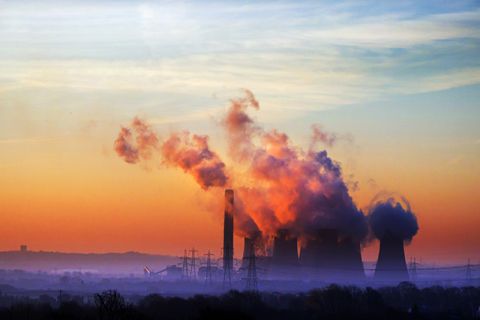
Pollution is continuously affecting our environment and ecology by fundamentally changing the heat insolation, radiation, cloud formation, cloud behaviour and precipitation patterns.
Normally, the heat received by earth in a non-polluted atmosphere, makes the rising motion of air. In response to this rising warm air, moisture laden cold winds come to balance the low pressure region created, bring with them clouds, thereby resulting in precipitation response (also called monsoon in India). The abnormal changes, in the form of presence of dust, Particulate Matter, Soot etc. on the first place reduce the amount of solar radiation reaching the earth which ruins the whole process of evaporation. This leads to less heating of air to create a low pressure zone, cloud formation and the precipitation response.
The changes in the pollution level and the chemical composition is even mixing up with the types of clouds formation resulting in reduction of moisture holding capacity and weak precipitation. Similarly the problem of Green House Gas emissions which form a major chunk of polluting gases is worsening the heat releasing capacity of our atmosphere and making earth a heat shell leading to an expected increase of above 2 deg Celsius above Industrial levels. Heated sea surface as a result is again prone to reduce the atmospheric stability that supports the existence of large scale statiform cloud decks and precipitation patterns.
Such atmospheric changes are going to have a very severe effect on the living beings:
1) Net fall in rainfall may lead to drought conditions and create food security concerns
2) Sea and ocean surface temp rise will affect the aquatic ecology
3) Land degradation, Conversion to desert and arid kind of climate
4) Variable weather patterns
5) Differential distribution of precipitation leading to flood in some regions and drought in other parts
Pollution thus becomes a continuously growing devil and a cause of concern. Pollution levels however can be optimally brought down and kept under control by various measures such as using renewable resources of energy like wind energy, solar energy, tidal energy and geo-thermal energy. Also, policies like formation of the International Solar Alliance, Jawaharlal Nehru National solar mission, setting up of multi purpose projects for electricity generation, energy conservation via LED bulbs must be appreciated along with creating more awareness about the use and pollution related critical concerns on the ground level.

